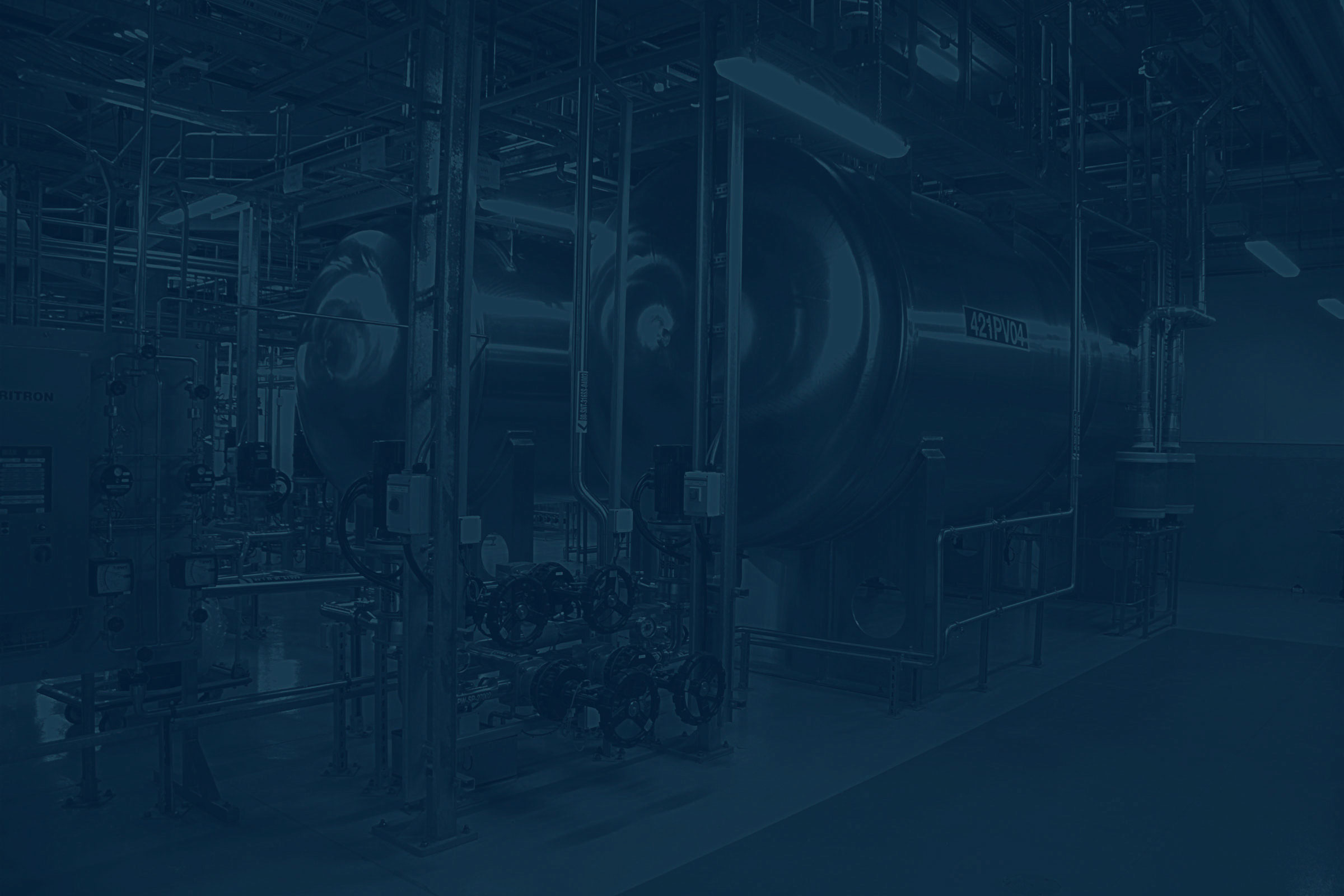
Noise
Control

CONTROLLING NOISE WITHIN THE WORKPLACE IS THE LAW
Noise induced hearing loss is a permanent injury. In a noisy environment the employer can no longer solely rely on hearing protection devices and administrative control to protect employees from the noise. In Australia noise control falls within the general umbrella of the Occupational Health and Safety regulations and is state based.
Some of the main aspects of the regulations within the state of Victoria ( e.g found here and here) include:
- If any part of the workplace is likely to exceed exposure limits then you must:
- Ensure that the employees exposure to noise is controlled;
- Perform a risk analysis;
- Produce a written plan;
- Implement engineering controls to limit exposure.
If a noise source is identified that exceeds the allowable limits, then
- employees must be supplied with and wear effective hearing protection devices;
- employees must be trained in their use; and
- the noisy zones must be clearly marked.
If it is established that hearing protection devices are required then
- Within 3 months of an employee starting work and then at 2 yearly intervals;
- Where reasonably requested by a health and safety representative.
Audiometric testing must be provided by the employer. The audiometric test results must be:
- Provided in writing to the employee;
- Held for the duration of the employee’s term and at least 20 years after the employee has ceased working for the employer;
- In the above scenario the employer must provide specific training to be reviewed at least every 4 years
The consequences to the employee and employer of a noisy workplace are extreme. It is no longer acceptable, or worth the effort, to administer a noisy workplace – it is far simpler to eradicate the problem by controlling the noise at the source.
CONTROLLING NOISE WITHIN THE WORKPLACE IS ACHIEVABLE
There are solutions available to quieten existing noise at the source. There are also methods that can be used to predict noise levels for new installations and to ensure that they will be below the allowable limits.
CET Group has the experience to provide expert assistance in:
- Reduction of noise in existing plants/factories;
- Preparation of noise plans;
- Noise assessments of existing premises;
- Submissions for permits;
- New project noise control processes.
Specific assignments undertaken include:
- Aircraft engine test house and silencer designs;
- Enclosures for sheet metal guillotining equipment;
- Noise planning and noise reduction of a PVC extrusion factory;
- Factory relocation noise reports;
- Application of noise control processes to the installation of a new resins plant, to ensure that noise levels met the company limit of 82dB(A);
- Detailed design / specification of air handling noise attenuators;
- Acoustically lined air handling units and large special purpose ductwork;
- Specification of low noise design control valves for severe gas and liquid service;
- Noise reduction of specific explosives equipment.
At CET Group our approach to noise control is to:
- Assess the risk (noise);
- Mathematically model the noise source and predicted outcome;
- Always attempt to eliminate the noise problem at the source through elegant and cost effective designs;
- Specify only low noise plant and equipment and monitor suppliers to ensure compliance before delivery.

